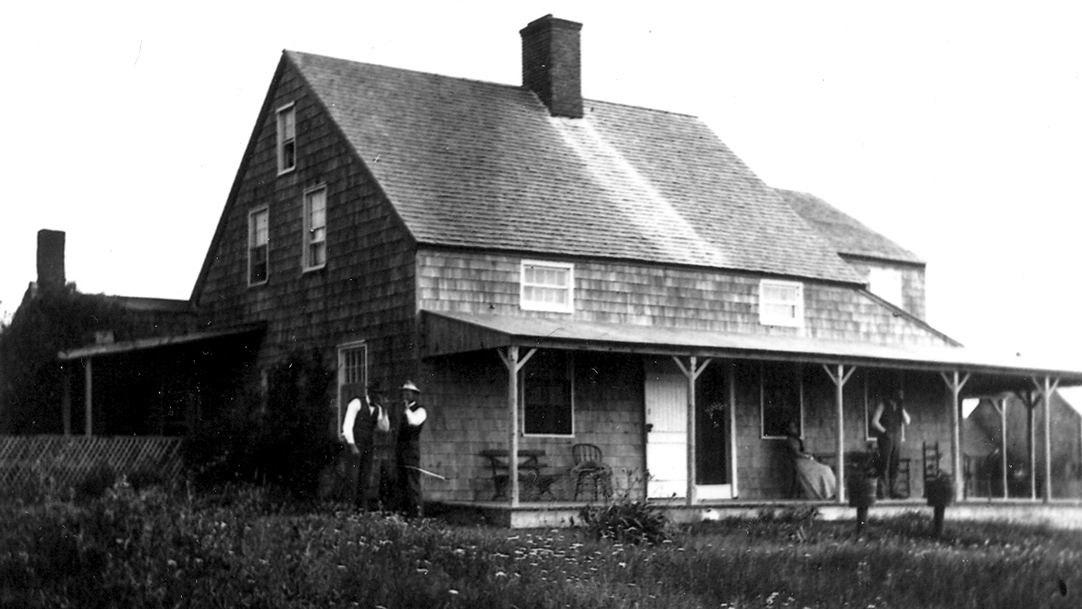
Originally known as the House at Fort Pond, Second House was built to replace a 1746 house that had most likely been destroyed during the Revolutionary War by the British, who also wrecked the other structures and decimated the livestock on Montauk to feed their troops.
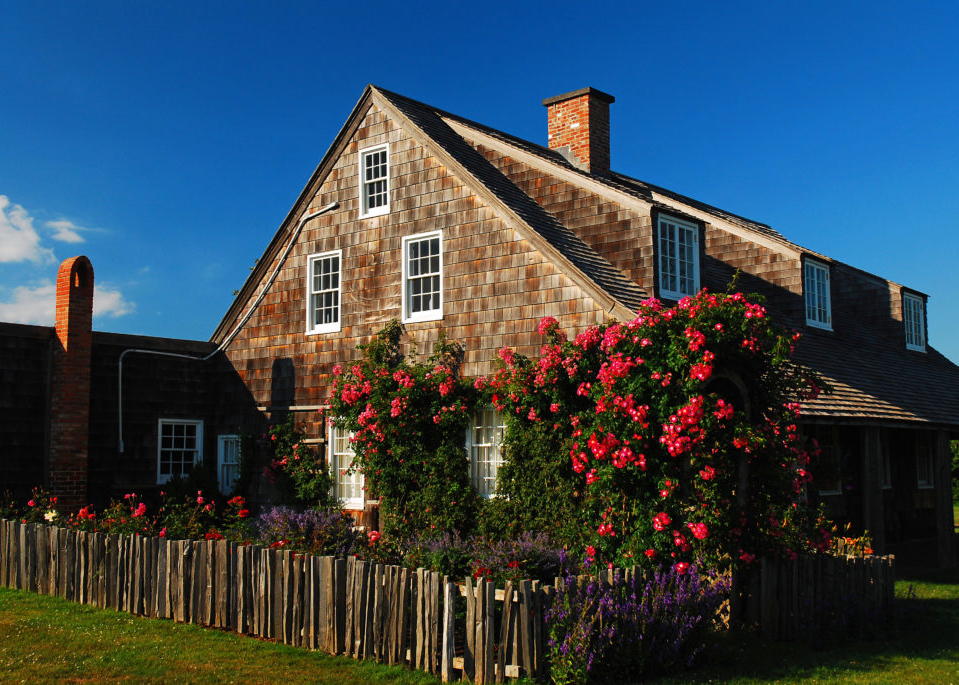
Today’s Second House has stood at the western edge of our hamlet since 1797, welcoming visitors to Montauk. Over the years it endured multiple additions, renovations and embellishments until, in around 1912, it was transformed into the sprawling summer cottage that most of us associated with our first glimpse of town as we drove in from the West.
Now, thanks to a meticulous historic restoration underwritten by East Hampton Town, it has returned to its original, simpler lines. Gone are the familiar dormer windows, the dark brown shingles, and the roof that sloped all the way down into a lattice-framed porch. From the outside, Second House now appears as it did in 1886, when the last livestock keeper departed.
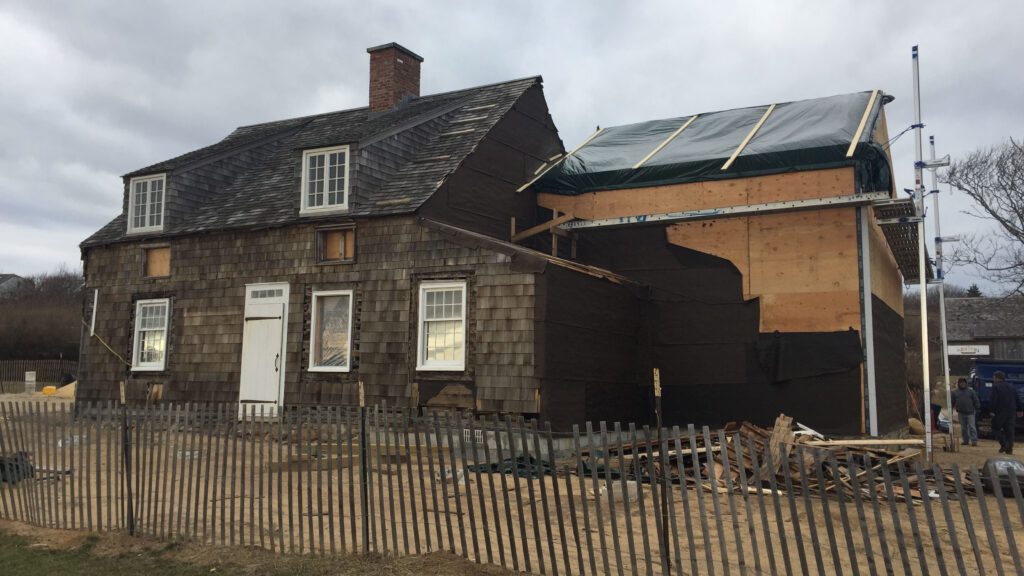
In 1661, East Hampton livestock owners acquired grazing rights to Montauk pastures from the Montauketts, and in 1687 they managed to procure title to the 800 acres of grasslands. No other town in the entire Northeast could boast so much pasture land, and it spelled affluence for the East Hampton Proprietors, who shared the land as tenants in common.
The Proprietors built three houses on Montauk for management of the cattle, sheep and horses that grazed there. Hither House (later known as First House) stood opposite what is now the parking lot of the Hither Hills State Park. Here the keeper logged the livestock as it was driven onto Montauk, using the notches that had been cut into the animals’ ears to identify their owners.

The keeper at Second House was responsible for separating the sheep from the cattle, and mending fences to keep the flock separate from the herd. He and his family were permitted to farm the land, and to keep their own livestock in a nearby pasture. To the East, at Third House – originally “Further House” – the keeper watched over the cattle in the Fatting and Outer Fields.
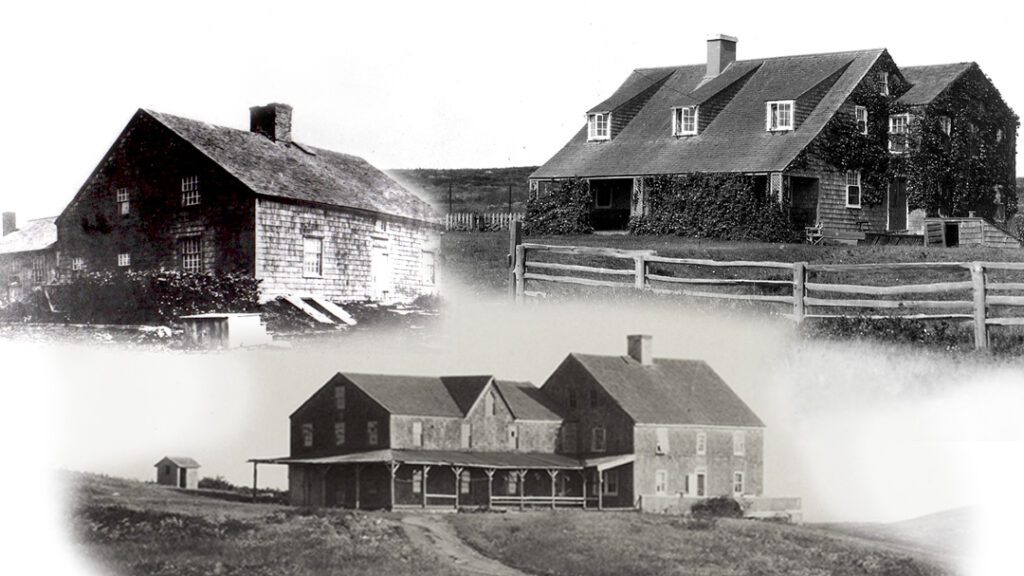
The three keepers’ houses were all rebuilt in a 9-year period – Second House in 1797, First House in 1798, and Third House in 1806. We believe that the funds to rebuild the three keepers’ houses came from the Federal Government’s purchase of land at Turtle Hill to build the Montauk Point Lighthouse.
Restoration
Over the past several years, the exterior of Second House has been lovingly restored in accordance with the vision of architectural historian Robert Hefner, who wrote the compelling historic structure report (pdf).
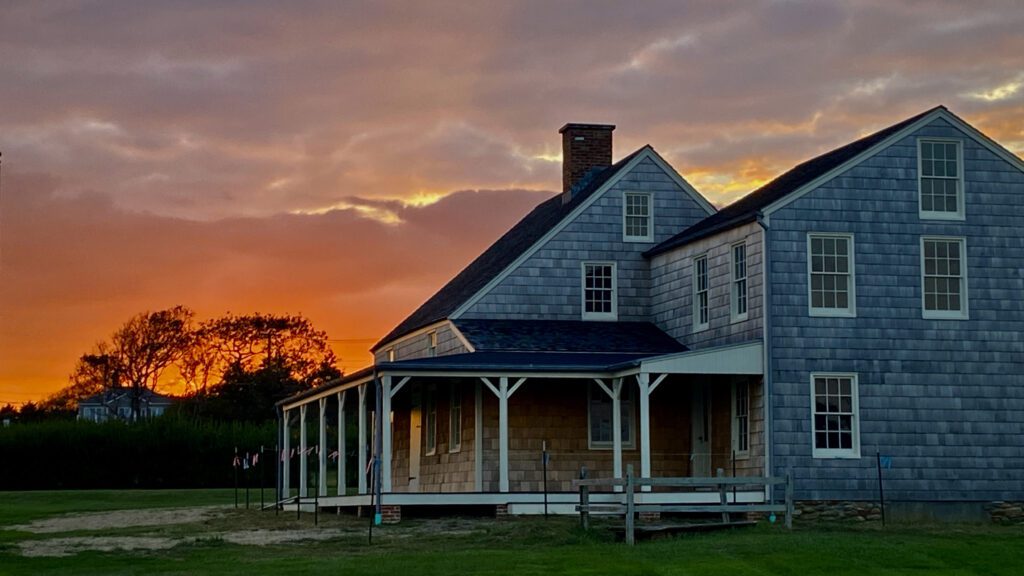
Now, energy is being focused on the interior of the house, with East Hampton Town responsible for completing the construction and the Montauk Historical Society, and its Second House Committee, working towards creating a vibrant, stimulating, and accessible museum for our local community and for the many visitors who come to Montauk from all over the world. We expect the construction to be completed by the end of this year, and hope to reopen the museum in 2023.
In the meantime, please come and visit our beautiful grounds! We are excited to announce that we have re-formed the Second House Garden Club with a gang of enthusiastic volunteers. Please join us to help with our plans to restore the cottage garden this year, and to add a pollinators’ garden, apple orchard, rose garden, and more in the short-term future. No experience or expertise necessary – we will welcome all comers with open arms!
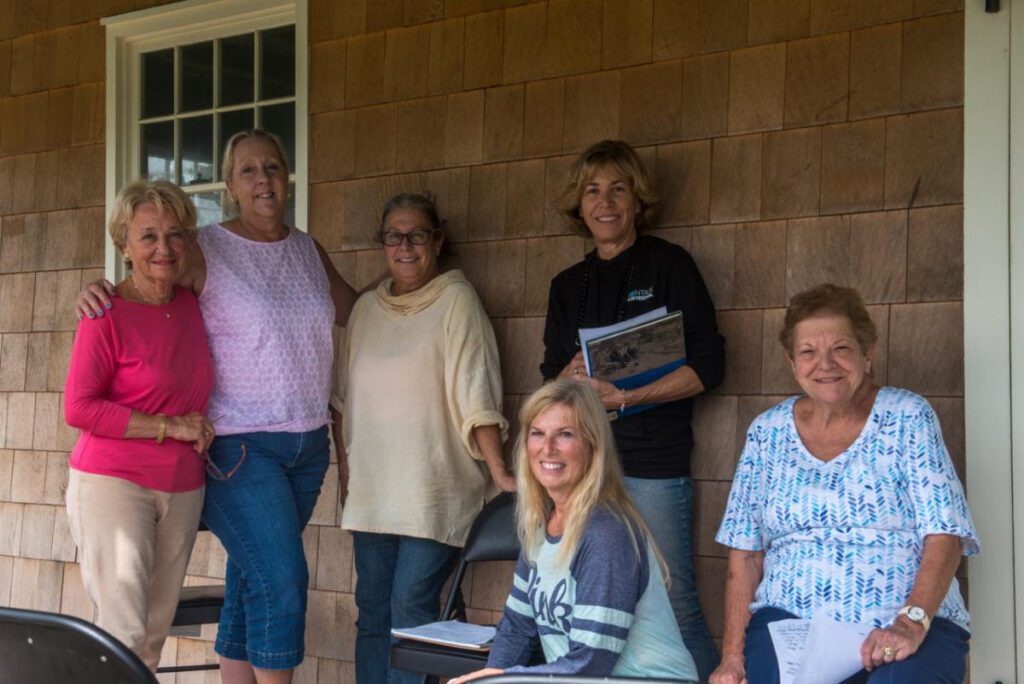
Please support our restoration efforts by making a donation today, and join us at one of our future fundraisers. The Montauk Historical Society will continue to host fun and educational events during the reconstruction, including our ever-popular Craft Fairs (July, August and September). For more information on donating, sponsoring or volunteering, please go to our Get Involved page or contact info@montaukhistoricalsociety.org.
